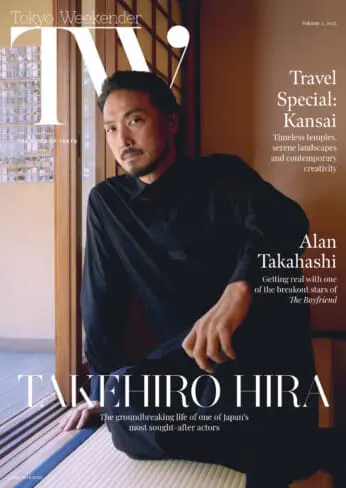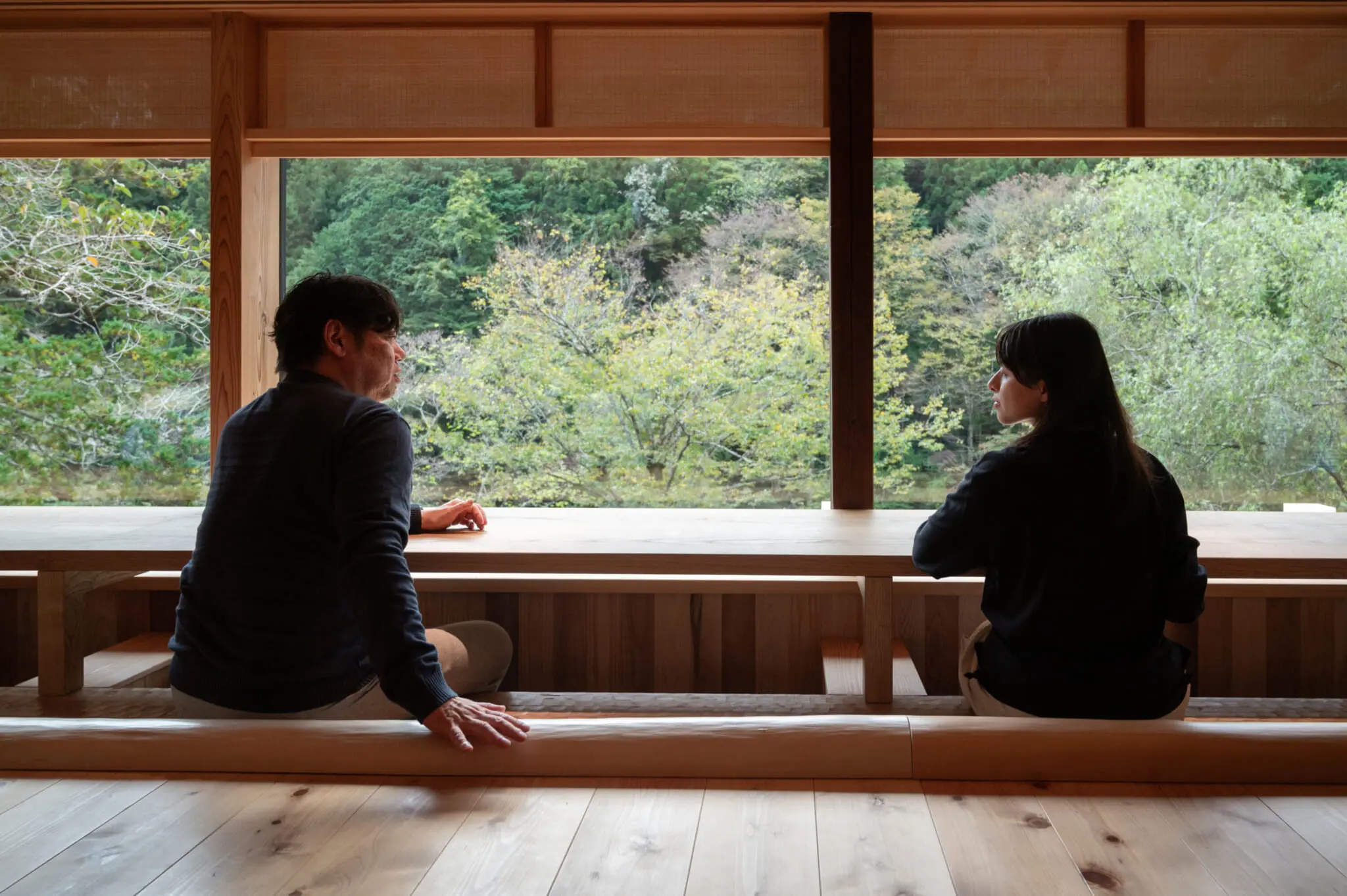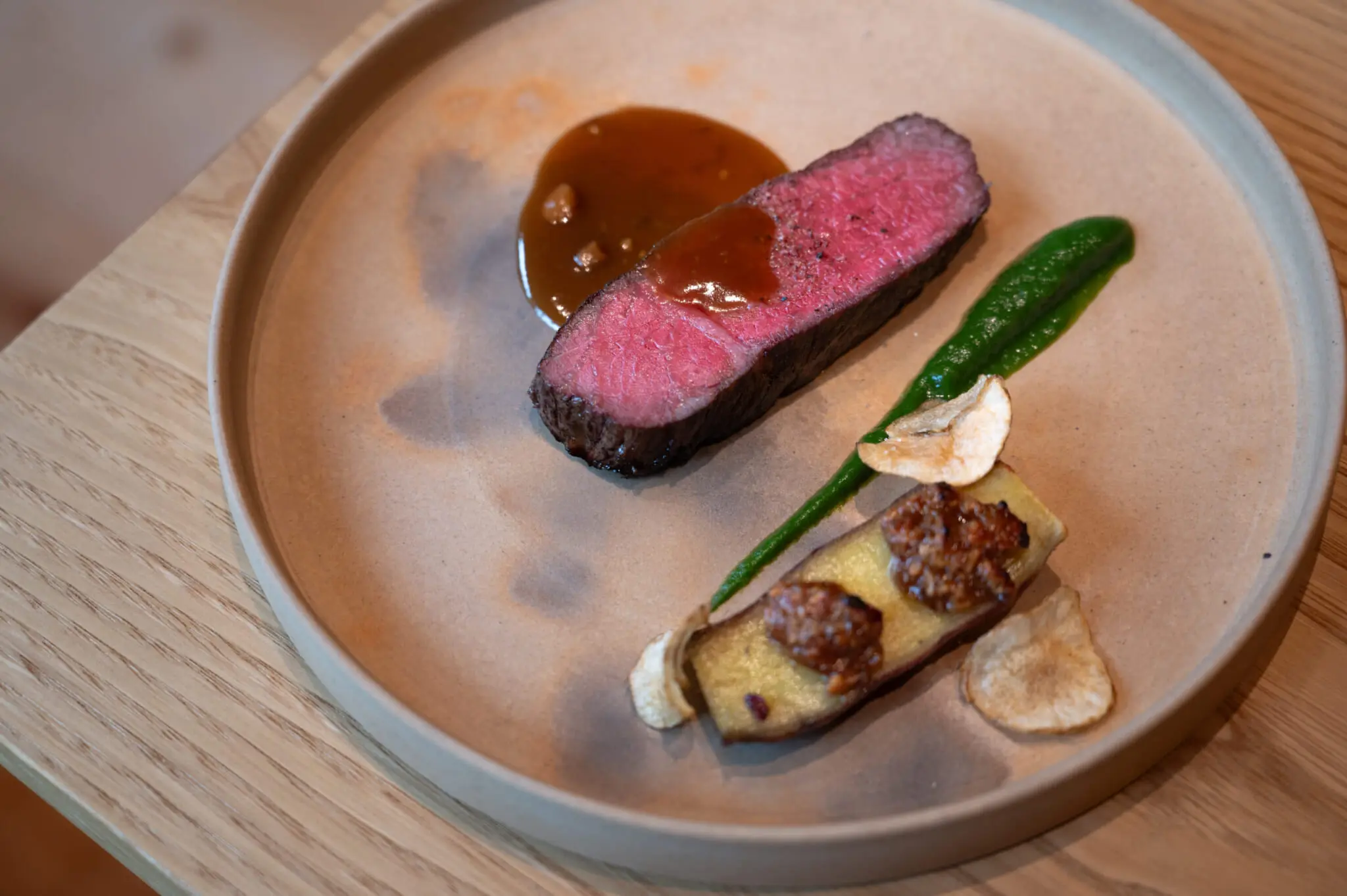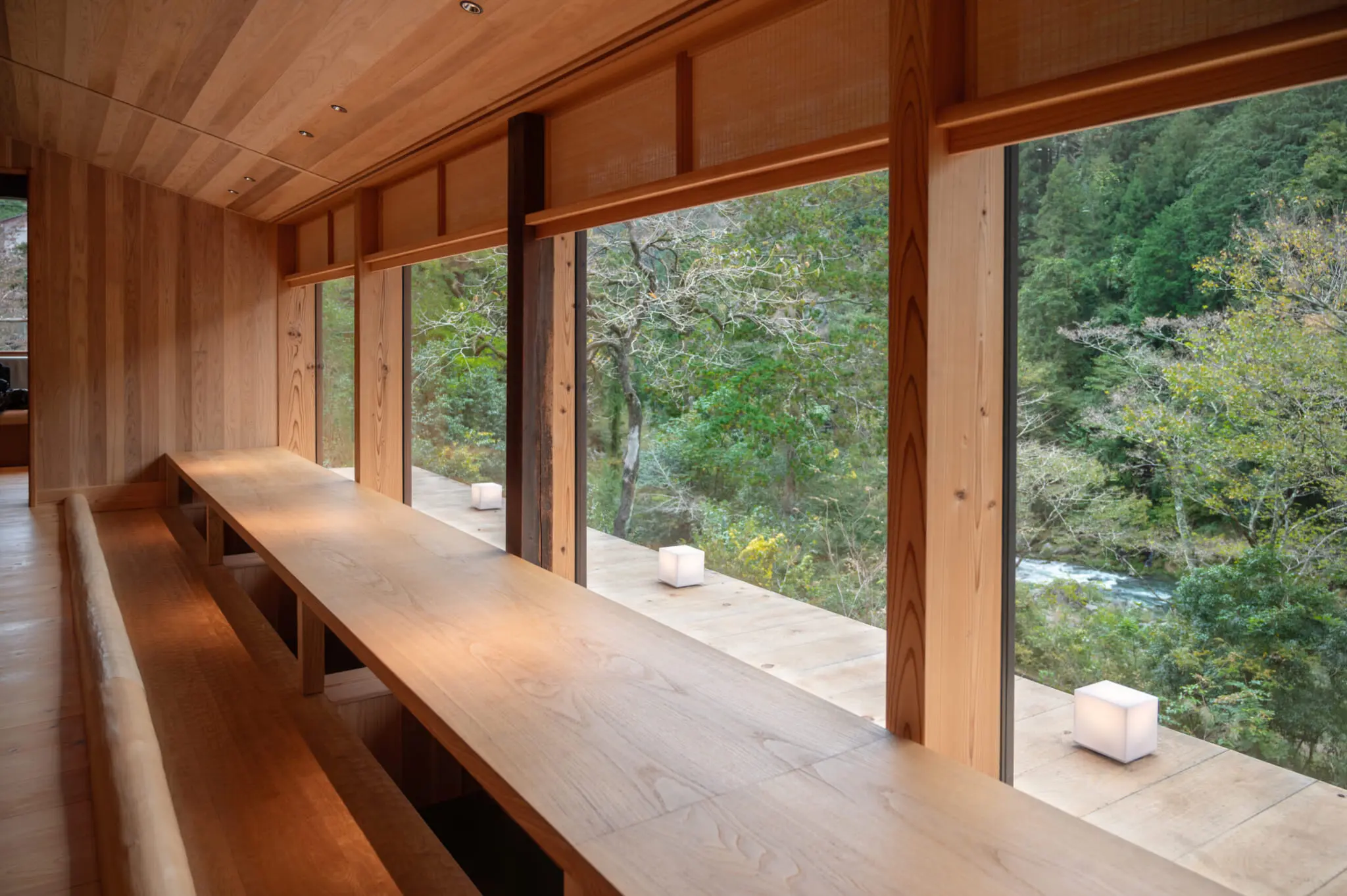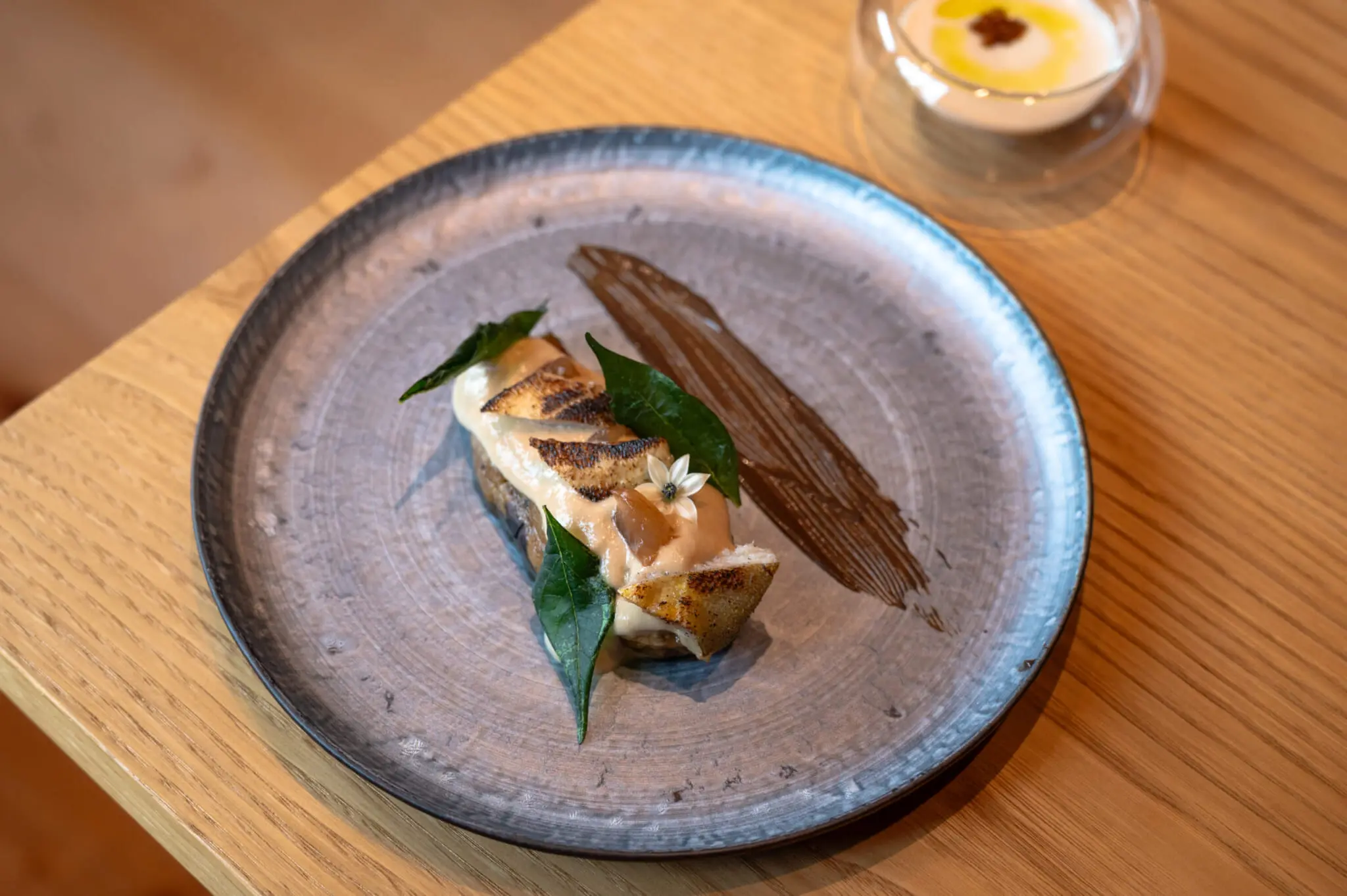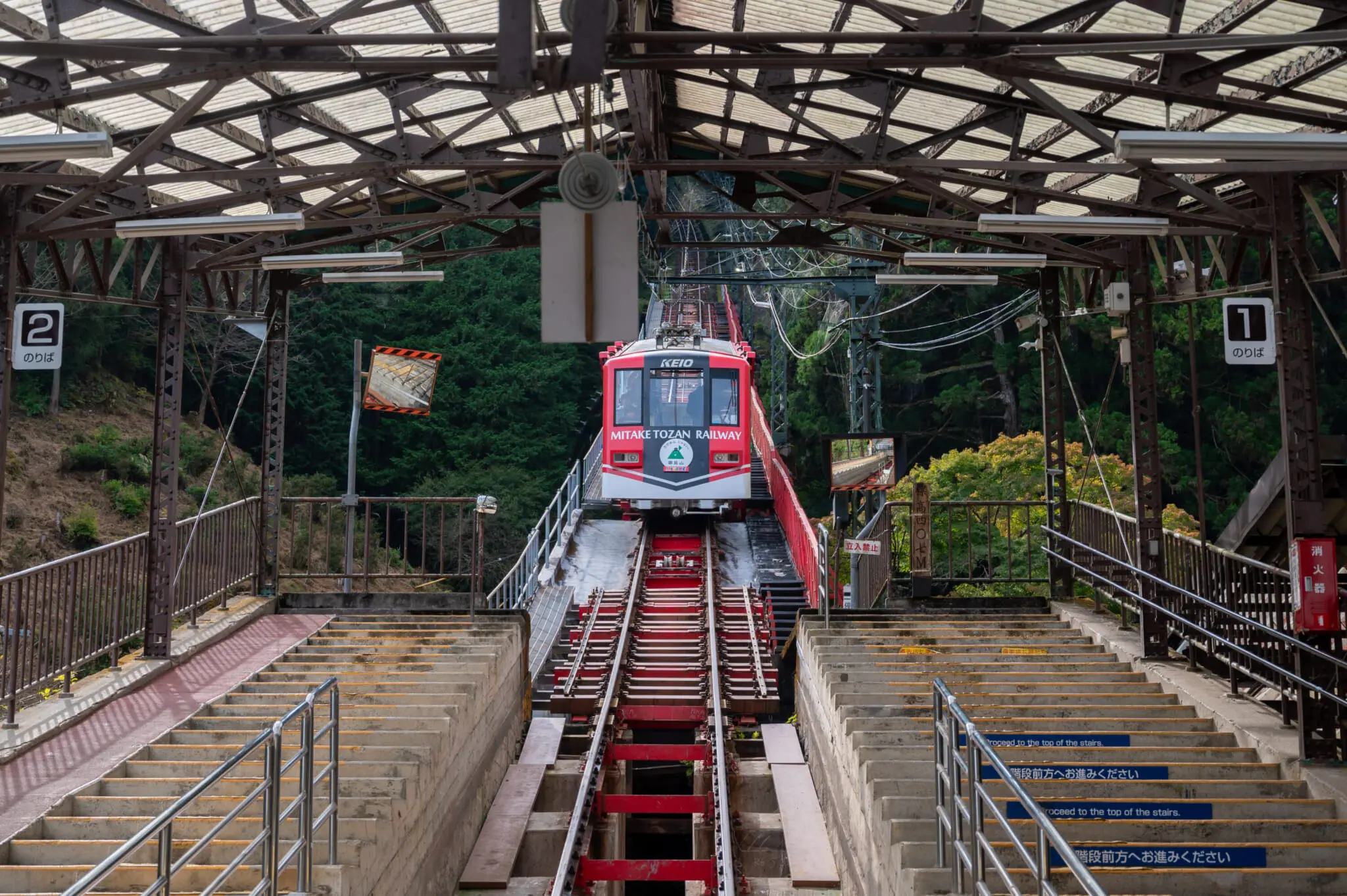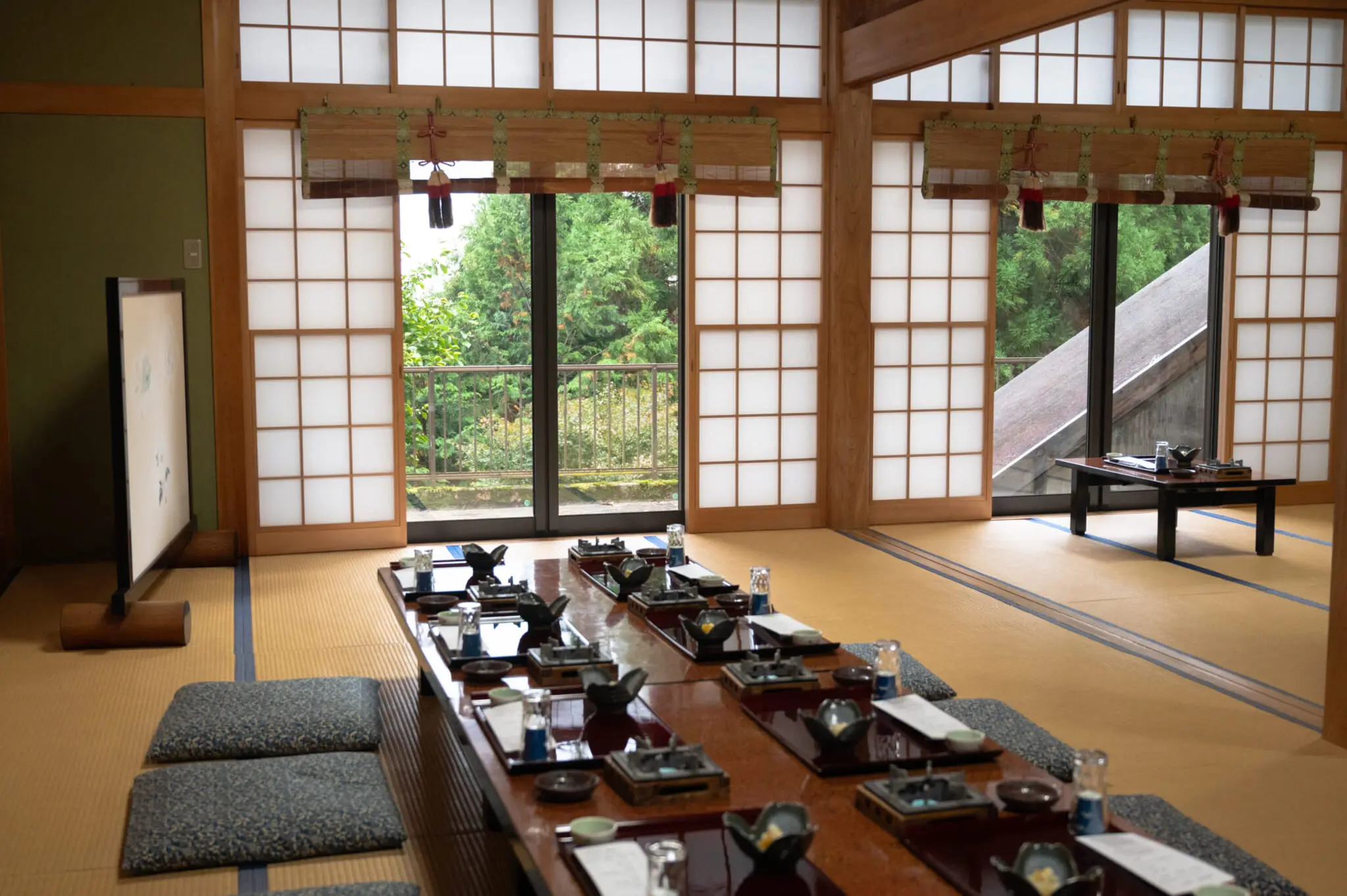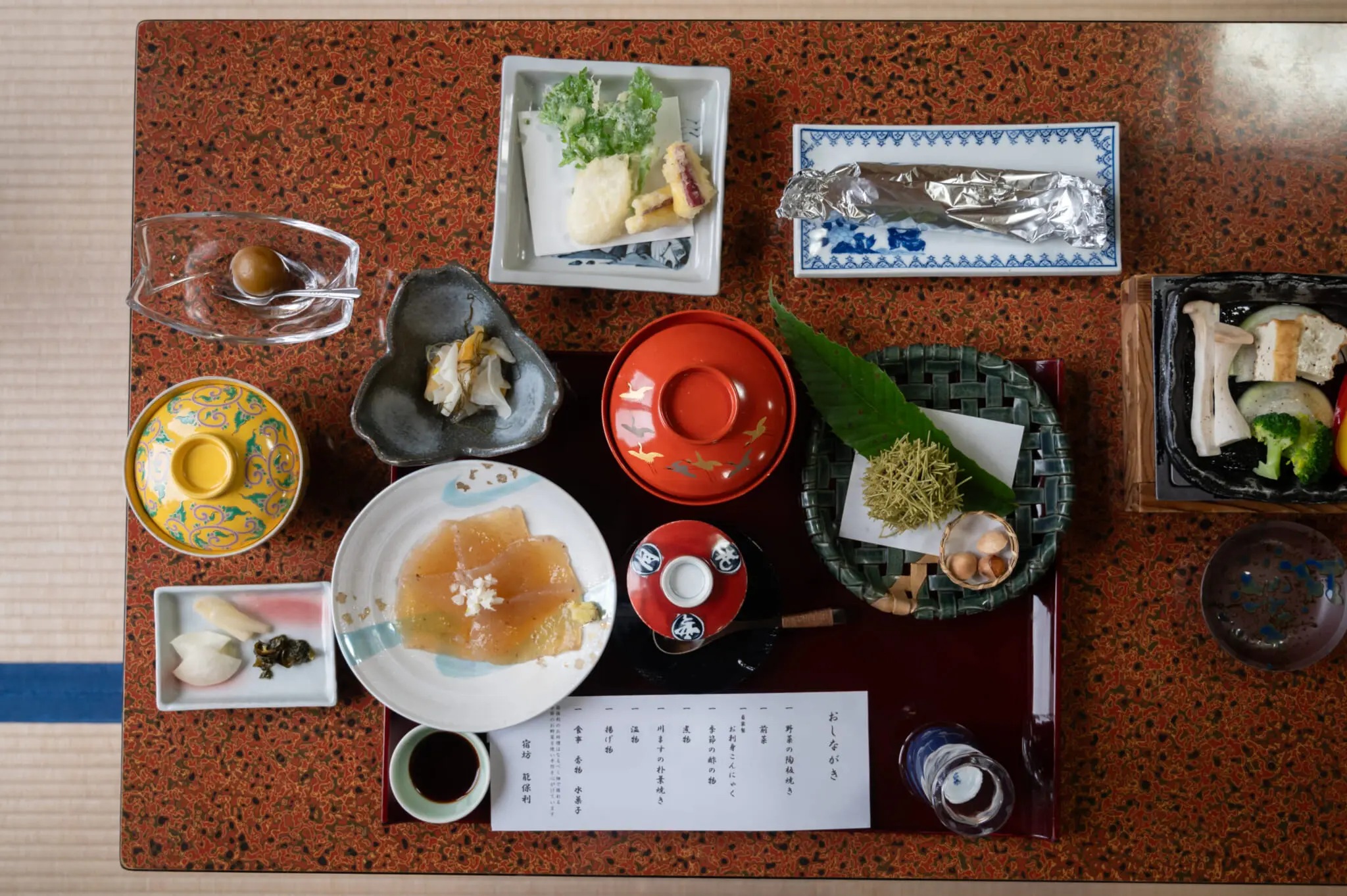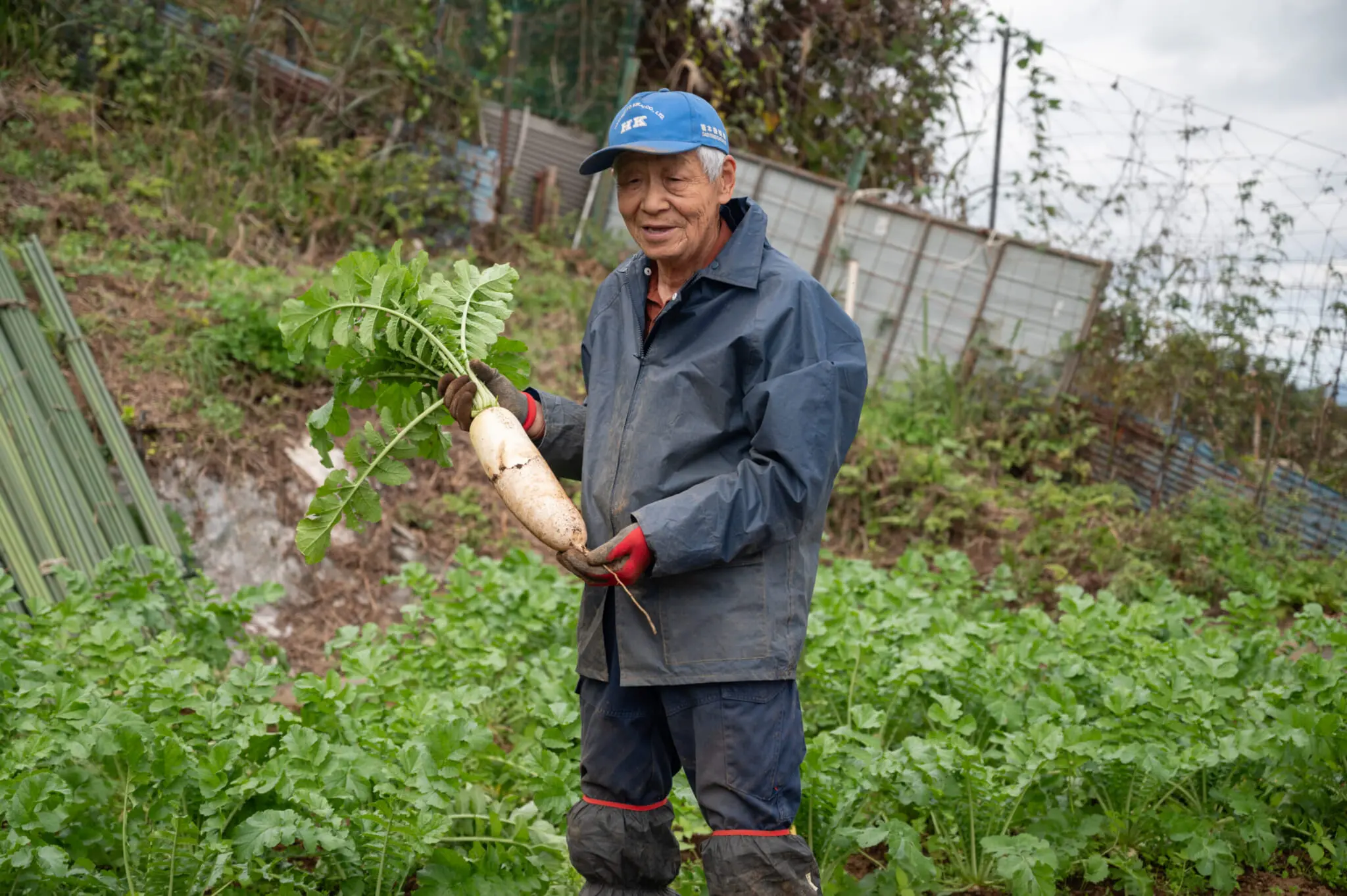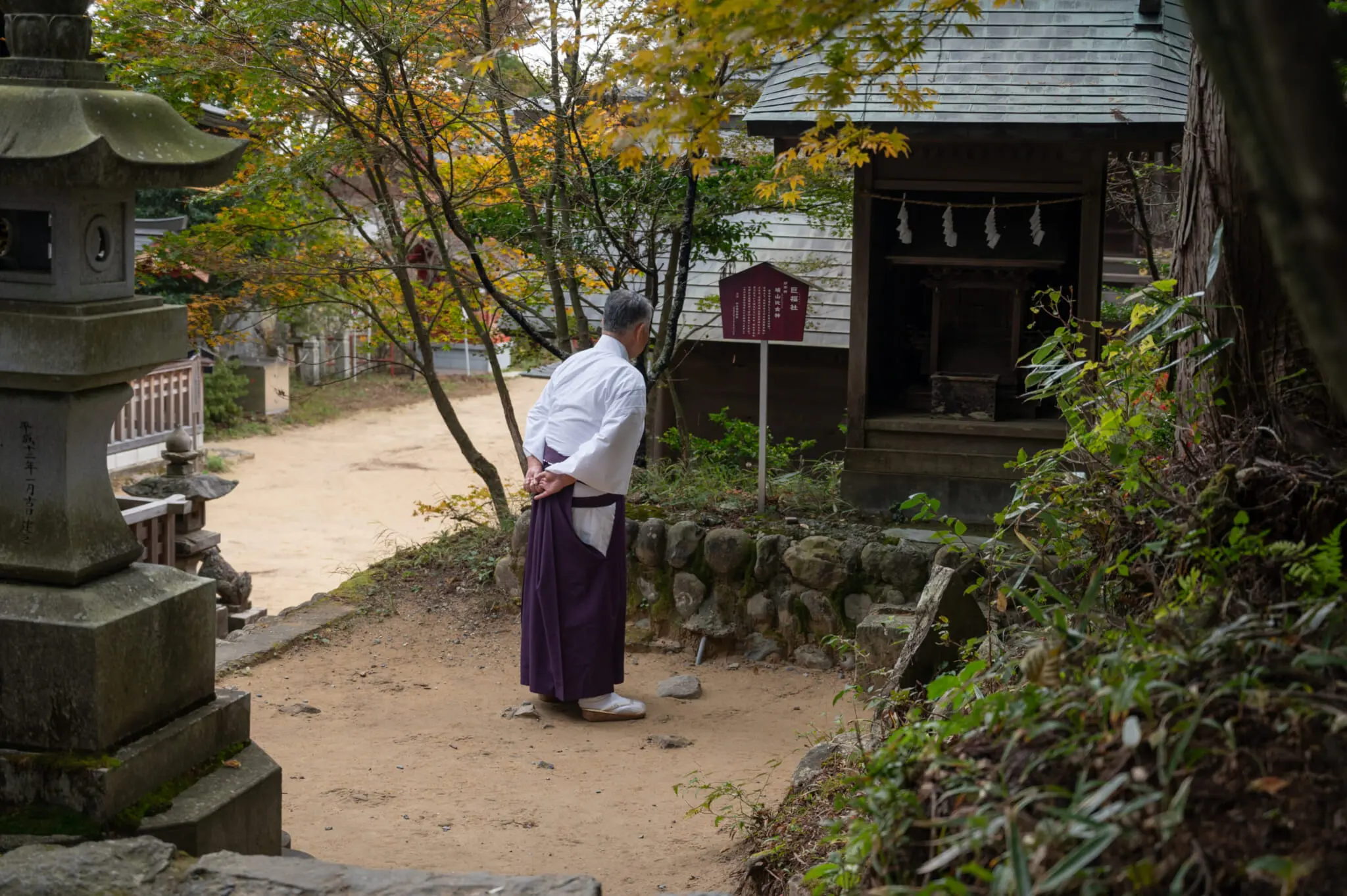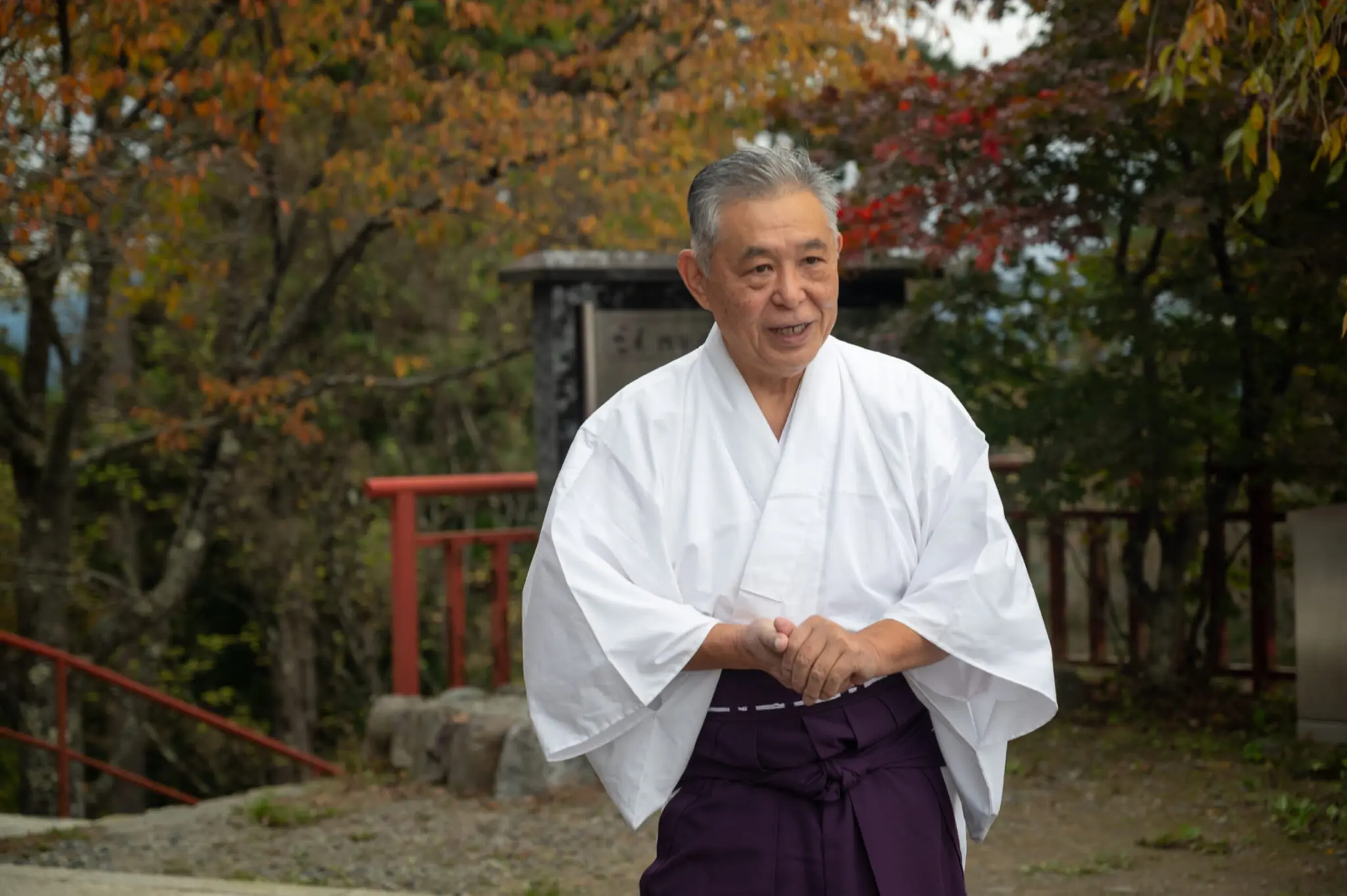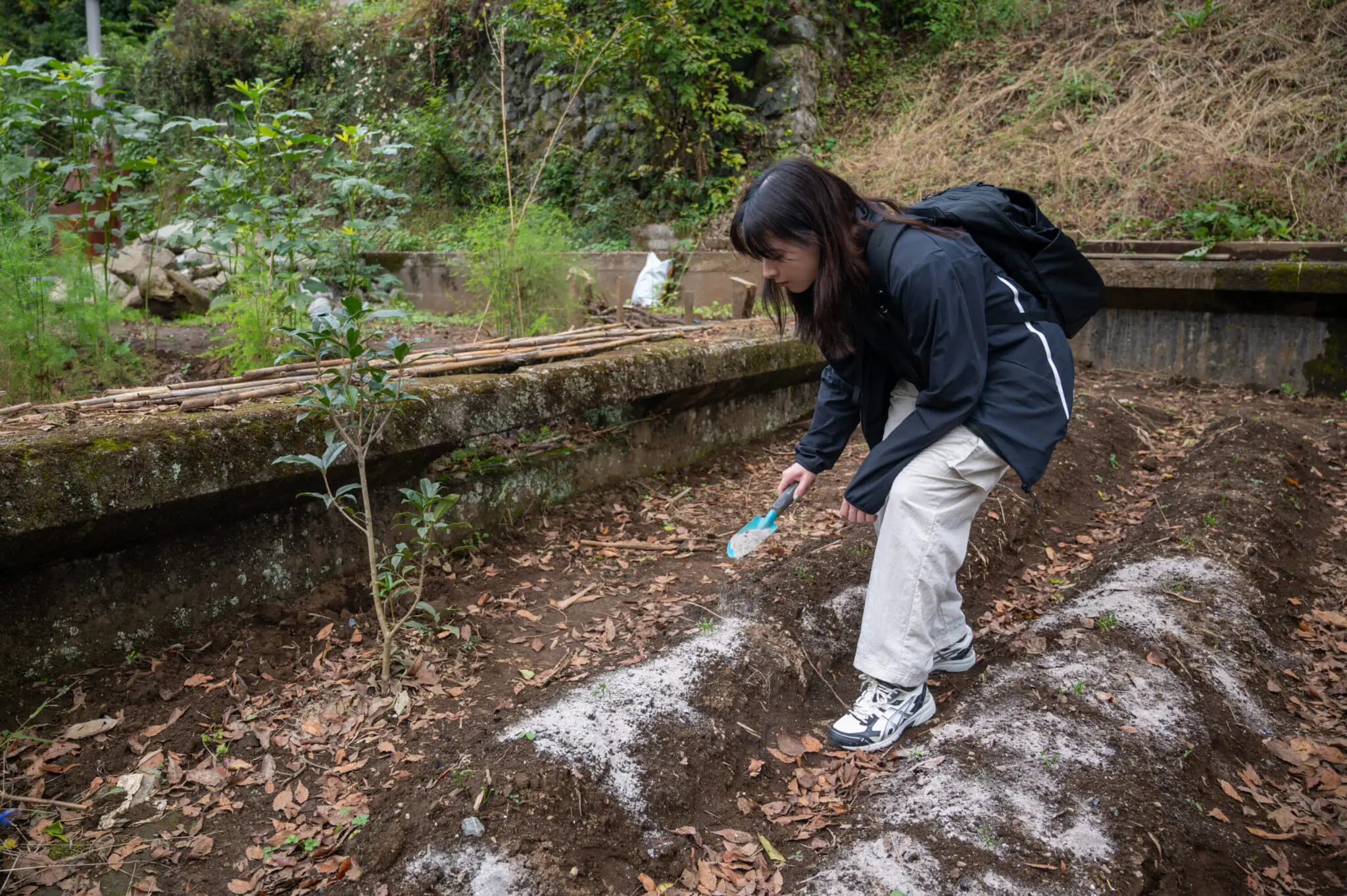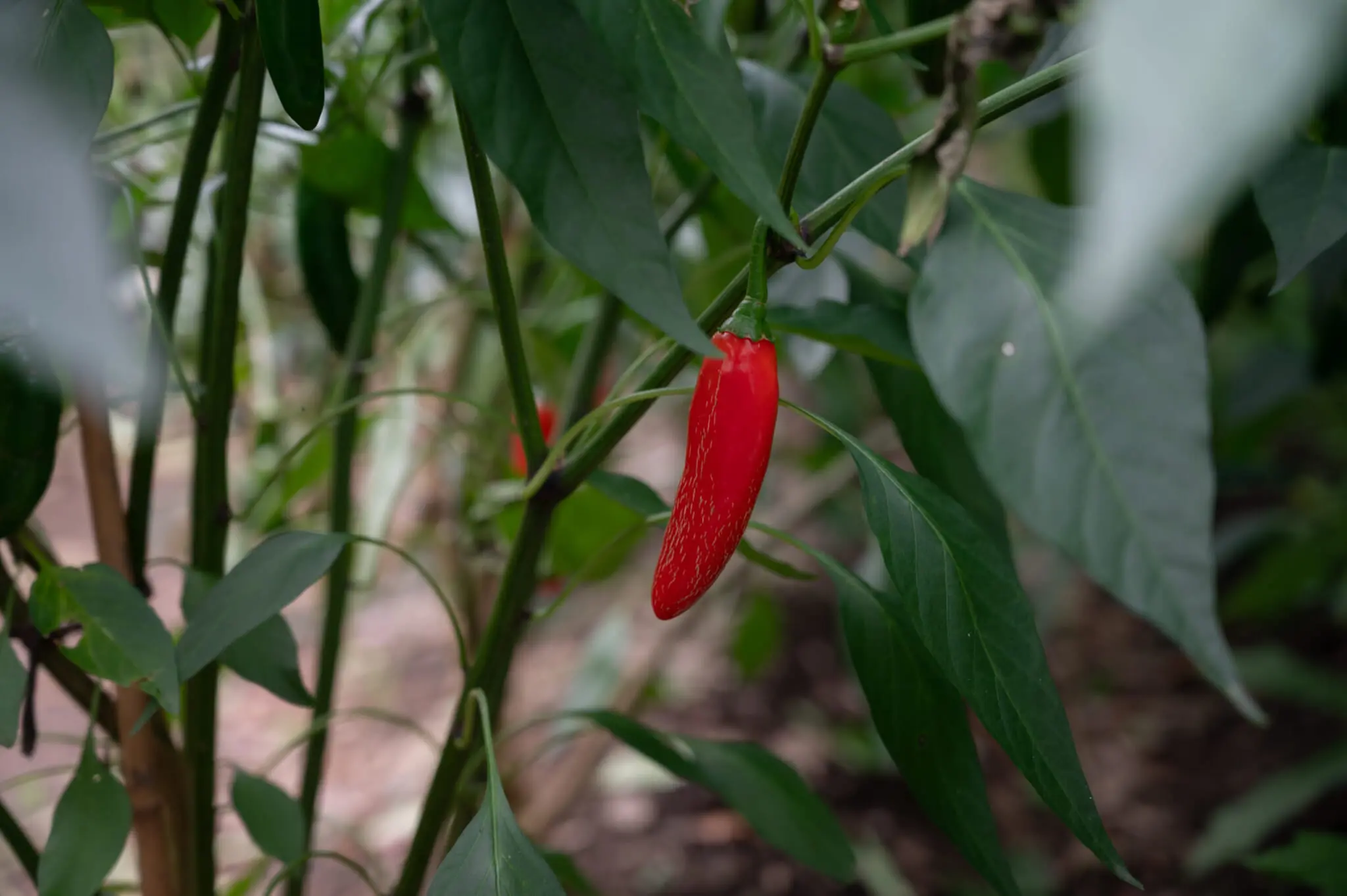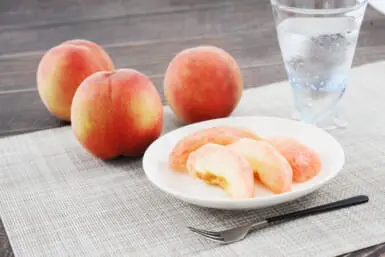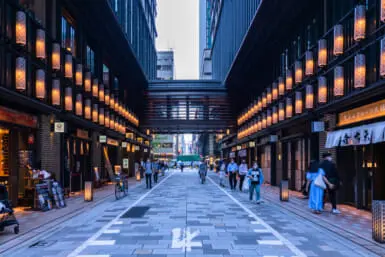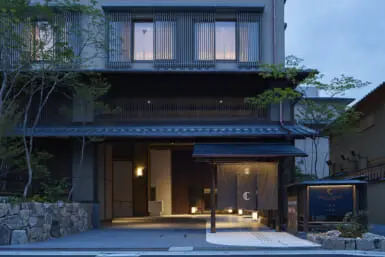Just a short one-and-a-half-hour drive from Tokyo’s urban sprawl — but still within the Tokyo Metropolitan area — lies Tama. It’s an area of remarkable natural beauty, also easily accessible by train. With rolling hills and lush green spaces, Tama is close enough for a day trip yet remote enough to feel worlds away. Here, nature and culinary innovation intersect, showcasing a Tokyo not of neon lights and skyscrapers but of scenic farms, fresh food and local producers.
On a recent gastronomy trip alongside Tokyo Tourism Ambassador Chef Hal Yamashita, we explored Tama’s best farm-to-table experiences, discovering not only the cuisine but also the inspiring locals behind each dish. Here’s what we uncovered in Tokyo’s hidden gastronomic heartland.
Tokiro at Satologue: From Field to Fork
Newly opened in May 2024, Satologue sits along the Tama River in Okutama, a lush natural area in Tama that’s just far enough from the city to feel like an escape. This innovative establishment contains a farm-to-table restaurant, Tokiro (stylized as TOKIRO), as well as a wood-fired sauna. At Tokiro, guests can partake in an all-sensory dining experience designed to deepen the connection between guests and the local environment. As such, the menu makes ample use of regional ingredients, with a variety of organic vegetables such as asparagus, spinach, and even freshly grown wasabi.
Led by chefs Yuta Komagamine and Kazuki Takanami, who moved to Tama specifically for this project, Tokiro aims to build a deeper appreciation for locally sourced ingredients, using French-based cooking methods to create refined dishes with fresh vegetables, seasonal wild herbs and river fish, all sourced from the area. Reflecting on their journey, Komagamine shared, “We want to breathe new life into ingredients often overlooked or discarded, and turn them into dishes that tell a story of this land.” With sustainability at the forefront, Tokiro recycles local resources, using ash from the on-site sauna’s firewood as fertilizer, and often incorporates seasonal produce shared by local residents into their dishes.
Our visit began with a stroll through their fields, where we helped spread ash-based fertilizer among the crops. We learned that the area around the restaurant also features biotopes, repurposed fish farms that support the growth of local produce. Afterwards, we enjoyed a French-inspired five-course meal at Tokiro, savoring dishes like beef steak and seasonal vegetables, each artfully prepared to honor Tama’s unique flavors.
Farm in the Sky: Mountaintop Harvests with Shukubo Nobori
Perched high on Mount Mitake, Shukubo Nobori is a shukubo, or shrine lodging, that offers a one-of-a-kind lodging experience. This time, after a scenic cable car ride up the mountain, we were treated to breathtaking views of the surrounding forests as we stepped onto farmland managed by Nobori. This mountain farm grows local produce such as daikon radishes and yams, cultivated by the Nobori family for generations.
Shukubo Nobori is currently managed by the Kubota family, the 15th-generation owner. Guests participating in the temple stay are treated to delicious mountain cuisine made from seasonal crops lovingly harvested on-site. Visitors can even join in the seasonal harvest, gathering ingredients like daikon radishes that will later be transformed into the evening’s meal, bringing a true farm-to-table experience to life.
Kubota notes, “The fields here are all tended by shrine priests, handed down from our ancestors. Tying it to tourism is the perfect fit.” For Utsuboya, preserving the land is not just a job; it’s a legacy. Since the land is on top of a mountain, he notes,“the temperature swings are tough — but they make the vegetables here especially delicious.”
Reflecting on the charms of the farm he runs as a lodging, he adds, “We’re hoping to bring back guests throughout the year, to connect the experience of farm-to-table dining with hands-on agriculture.”
After our farm visit, we dined at Shukubo Nobori, indulging in an array of delicacies: crispy vegetable tempura, hand-grated konjac sashimi and simmered daikon that we harvested earlier, as well as grilled trout wrapped in magnolia leaf. Each dish highlighted the simplicity and freshness of the locally grown ingredients, perfectly complemented by a glass of Tama-brewed sake.
Musashi Mitake Shrine: Culinary Tradition and Spirituality
Perched 929 meters above sea level, Musashi Mitake Shrine is a historic landmark on Mount Mitake and has been a place of worship for centuries. Overlooking Tama’s sweeping landscapes, the shrine attracts visitors not only for its spiritual significance but also for its profound connection to local agriculture.
Rooted in its agricultural heritage, Mount Mitake itself was also worshiped as a god that grants bountiful harvests and protection from natural disasters. Since the Edo period, farmers and pilgrims have journeyed up its rugged paths to offer prayers for a prosperous farming year. It’s all part of a long-standing belief that nature, food and the community’s prosperity are tied together.
The shrine embodies a deep reverence for nature and the interconnectedness of local communities. This respect for the land is celebrated through centuries-old festivals and sacred rituals that continue to thrive. One such tradition is the Futomani Festival, held each January, where the shoulder blade of a deer is roasted, and the resulting cracks are carefully examined to predict the coming year’s harvest.
Nature, Food and Culture in Harmony
A trip to Tama is the perfect escape from Tokyo’s urban buzz, with its abundant nature and local flavors. At places like Satologue, Shukubo Nobori and Musashi Mitake Shrine, visitors can savor locally sourced, seasonal ingredients while soaking in the area’s age-old traditions and breathtaking landscapes. Each experience — from foraging for wild vegetables to dining on artfully prepared dishes — captures the heart of Tokyo’s diverse food culture, making Tama an ideal day trip destination for those seeking a taste of the city’s more tranquil, flavor-filled side.
For more information on Tokyo gastronomy tourism — and the natural and culinary wonders of Tama — visit the Tokyo Metropolitan Government’s official website.
